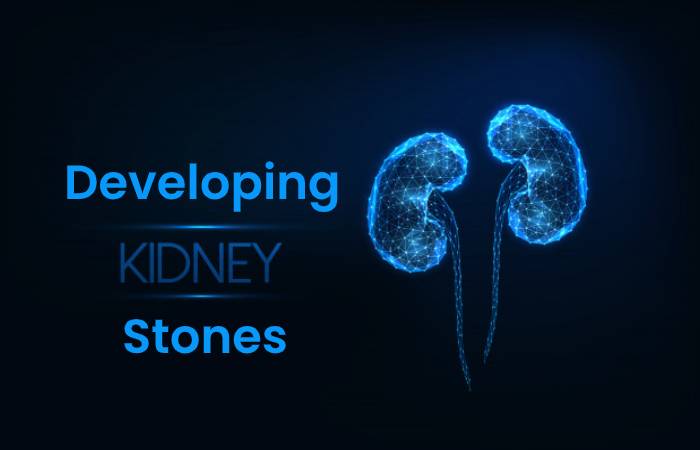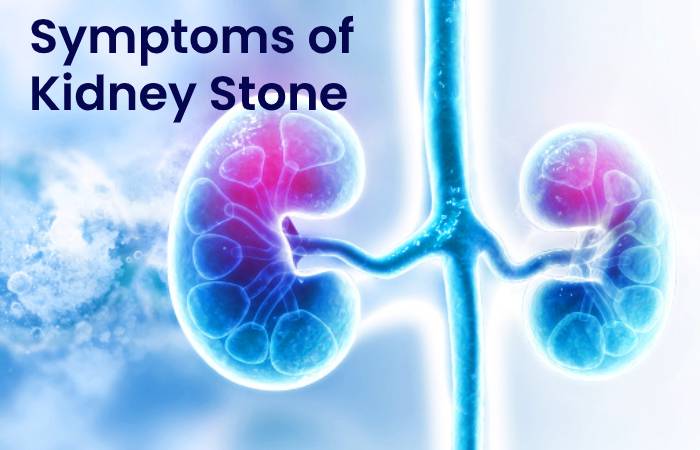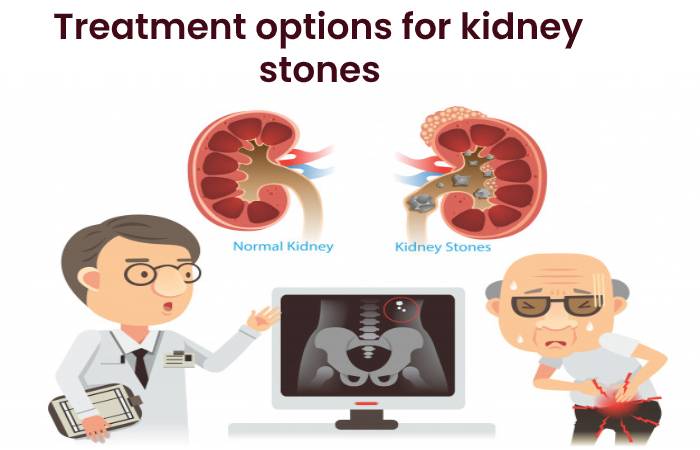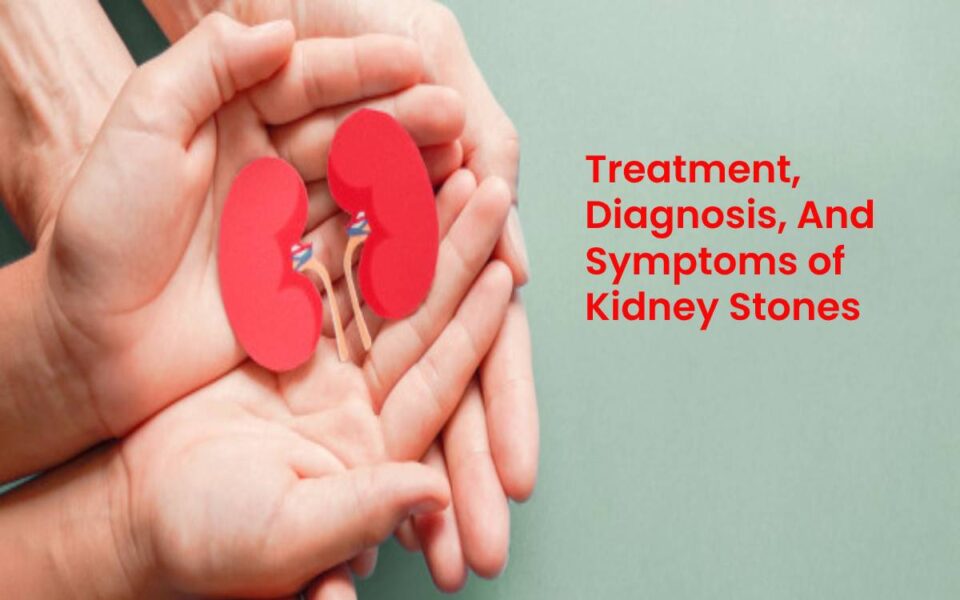Our kidneys are like a foundation for cleansing the body’s toxins and waste. However, one or two kidney stones structures that develop in the kidney can make the process uncomfortable and unpleasant.
Table of Contents.
Kidney stones are usually painful when they occur. This condition is more common in men than in women, with kidney stones growing smaller and stiffer in one or both kidneys similar to pebbles. They vary in size, nature, color, and type.
Developing Kidney Stones

Kidney stones develop due to the deposition of certain minerals in kidneys in the long run due to our lifestyle food habits. It causes by elevated levels of calcium, uric acid, or by the condition of struvite or cystinuria (leakage of cystine in the urine).
The most common changes are the change in the color and aroma of the urine, along with the frequent urination and loss of a certain amount of water each time it goes. Besides, we experience pain in the lower back, the lower part of the belly, sides, and groin.
Not only does the elevated level of acids and minerals in the body increase, but other medical conditions, such as hyperparathyroidism, kidney disease, digestive disorders, and urinary tract infections (UTIs), will cause an increased risk of developing stones in the person’s kidneys.
Diagnosis of Kidney Stones
Diagnosis of kidney stones will base on a person’s medical history, a complete physical examination, blood and urine tests, X-rays, ultrasonography, and CT scans.
Base on the size of the stone, the treatment varies from the time the patient is waiting for the stones to come out of the urine, to surgery, or the use of scopes to break up the stones.
Prevention mainly revolves around drinking plenty of water, eliminating food that creates mineral residues, and reducing salt in the process.
Despite the risk of relapse or recurrence, the prognosis is generally good because the hereditary effect can effectively treat kidney stones. Kidney stones cause complications, such as kidney damage or infection, UTI, kidney or kidney obstruction, and blood in the urine.
Symptoms of Kidney Stone

English Kidney stones, especially in the early stages, are virtually nonexistent. These symptoms begin in the later stages, such as when the stone starts to move around, or the urethra enters and causes obvious difficulty, and the symptoms start to appear.
Some Features:
- The color of the urine varies from red to pink or dark brown. Occasionally there is an urgent urge to urinate.
- The special smell in urine Each time the urine comes out in a certain amount.
- Feeling pain in the urinary tract during urination. (Learn more – Causes of painful diarrhea ) Nausea and vomiting.
- Pain in the lower back and sides Pain in the groin area and lower abdomen.
- Pain sometimes comes immediately or intermittently, and the position of the pain can also change as the stone travels from one part of the urinary system to another.
- Seriously, the pain that is always present indicates immediate medical attention.
Treatment of kidney stones depends on the size of the stone and how effective it is. Most doctors prescribe more safe procedures to allow the urinary tract to pump naturally.
Treatment options for kidney stones:

In Kidneys small stones for These are very easy to remove. Doctors commonly refer to these fluids as drinking too many fluids, which help the urinary tract to break down completely. Prescribing a mild painkiller to reduce pain can help in this process, or muscle relaxation will help the stone move more smoothly. Large rocks to Some medical procedures are needed to treat large stones in the kidney.
Medications and the treatment may be prescribed depending on the nature of the stone that will form and the severity of the condition. These medications help dissolve the salts in the stone and reduce their size.
After some time, the stone has become sufficiently small that the urine passes out easily.
Surgery
Surgery will perform using small telescopic instruments called laparoscopes, which place into the kidneys through the back. After the anesthesia administration to the person undergoing surgery, doctors surgically remove the kidney stones.
This procedure is called percutaneous n Shock-Wave Treatment nephrolithotomy. This process requires admission and staying in the hospital for a few days. Scopes will use when the stones are in the kidney or the bladder.
A thin, lighted tube will insert into the urethra through the urethra, and the position of the stone is identified, which is then removed or cracked.
Shock-Wave Treatment
Many procedures of this nature use local anesthesia and perform as outpatient procedures. Shock-Wave Treatment The shock waves will sometimes send through the skin, and the kidney stones are cracked or sliced so that they pass out of the urine. This process lasts for about an hour. Some discomfort, injury, or bleeding follow this procedure.
Doctors generally recall collecting stones that allow them to examine the nature of the rocks. It will help with the treatment that will be taken later and will help with lifestyle measures to prevent them from recurring.
Lifestyle Management

The hard fact about kidney stones is that the chances of them recurring are extraordinarily high. It means that treatment is not the only key, but the time it takes to identify them and the choices we make are as follows.
To manage and manage recovery under lifestyle, here are some of the things you need:
- Drink plenty of fluids, mainly water.
- A dietary regimen revise to eliminate foods that may contribute to the re-development of certain previously renal stones.
- Managing and maintaining of weight according to height and age.
- Health and blood check-ups should regularly check. So that, to monitor the levels of minerals and uric acid in the blood and urine.
- UTIs can avoid by staying healthy and maintaining hygienic hygiene; once you have the kidney stones in place, they will easily reach you.


